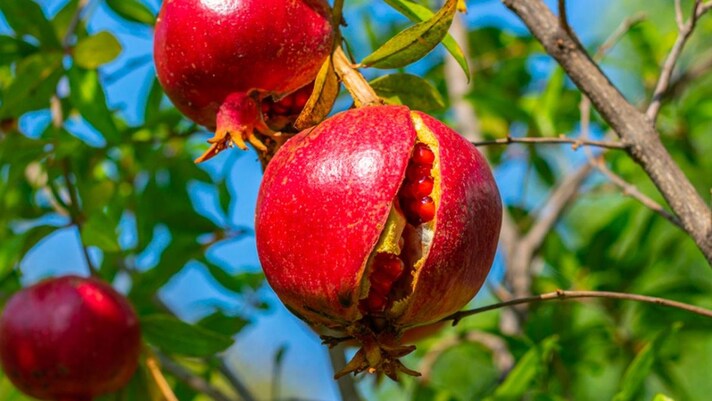Here’s Why Sheet Pans Pop In The Oven And How You Can Prevent It
The reverberating pop sound that is made when sheets are placed in the oven is the metal warping or twisting slightly as it expands and contracts. In this article, we take an in-depth look at the warping of sheet pans, why it happens, its possible effects on cooking and much more as well as answer frequently asked questions about the somewhat strange phenomenon.
;Resize,width=742;)
The metal of your sheet pan is at a cooler temperature than your hot oven. The metal expands as it heats. The large surface of your sheet pan will heat and expand faster than the short rimmed sides.
This creates stress right where the flat base meets the raised lip, causing some pans to buckle or twist. Thin metal sheet pans tend to warp more often than heavier ones, but all pans are likely to warp at least a little at some point.
Is It Bad for Sheet Pans to Warp in the Oven?

The main and short response is that it is not necessarily bad for sheet pans to pop while in the oven. Sheet pans will usually straighten out as they come up to temperature. A slightly warped pan will also perform just as well as a regular one.
The pop you hear is not quite strong enough to fling food onto the walls of your oven, and it would not make the oven messy, so no worries there either. The main instance where it might make a difference is when it helps to have a very flat surface, like if you are pouring an egg mixture into a crust for a quiche or making créme brûlée.
How Do I Keep My Sheet Pans From Warping?

First, try to avoid placing cold pans in a hot oven. If you need to chill balls of cookie dough, do this on a plate instead of sticking your sheet pan in the fridge before baking.
You can also place an empty sheet pan in the oven as it preheats, a great trick for getting roasted veggies extra crisp. For cookies, though, it is better to preheat the pan for just a couple of minutes or to run hot water over it first, as a pan that is
too hot could cause cookies to spread too fast.
Second, use the right-sized sheet pan for the job. The surface of the sheet pan should be topped evenly with whatever you are roasting. Any bare spots will heat faster than ones covered by food, and that temperature difference could cause your pan to warp. Be careful not to crowd your pan as veggies need some room to brown, but do try to fill in bigger gaps.
Lastly, be aware of your oven's hot and cool spots so you can place your sheet pan where the heat is most even. Generally, the oven is hottest at the top and bottom center, where the heating elements are, and on either side (the walls of your oven). Try placing pans in the center of the middle rack, rotating the pan from side to side or from front to back during cooking if needed.
;Resize,width=767;)


;Resize,width=712;)
